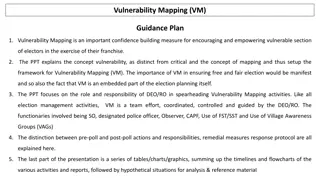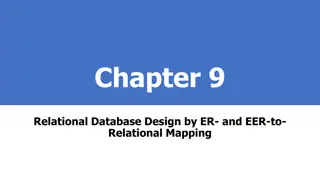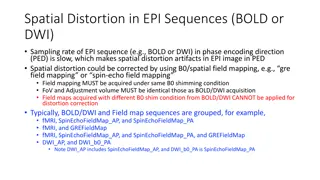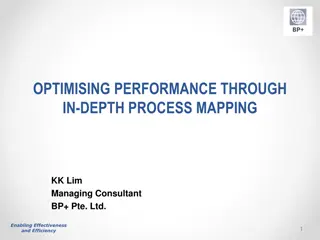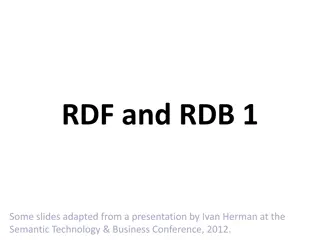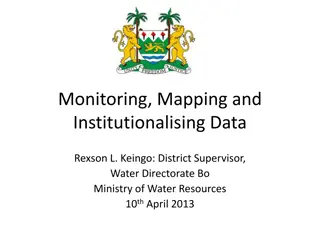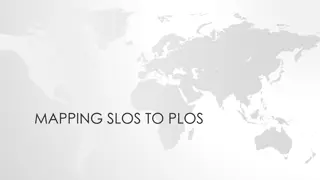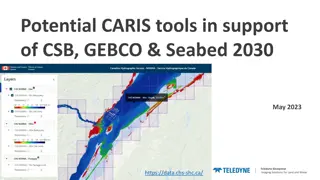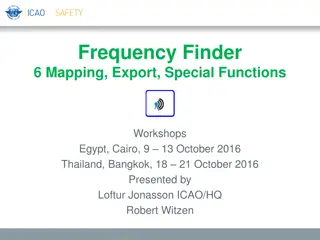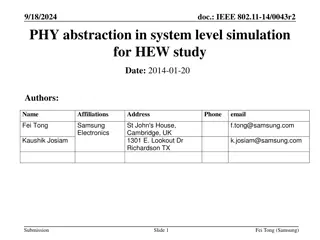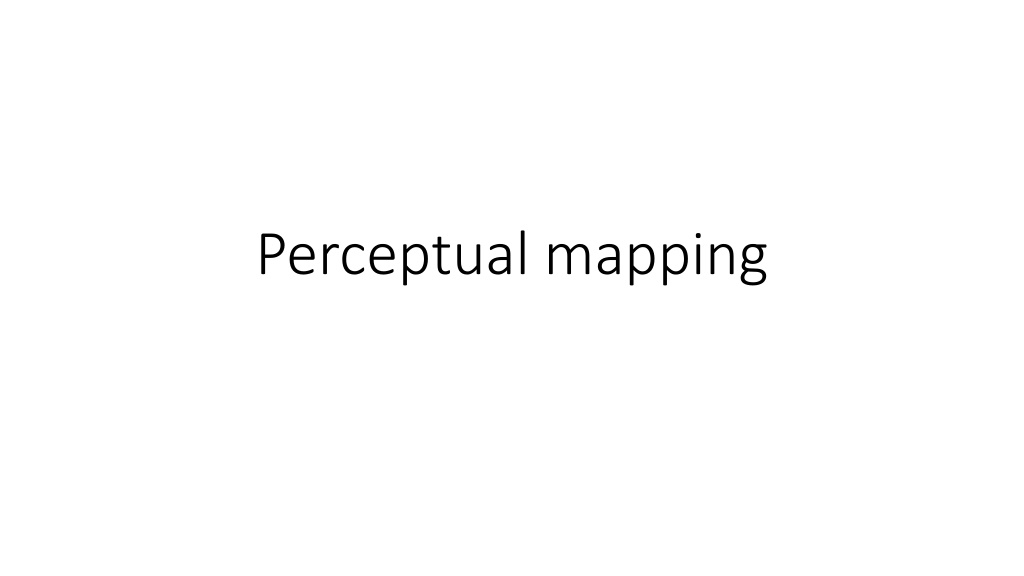
Visualizing Consumer Perceptions with Perceptual Mapping
Perceptual mapping is a diagrammatic technique used by marketers to visually display customer perceptions. It helps in understanding how brands are positioned based on consumer perspectives, highlighting competitive groupings and potential market opportunities. The technique can be two-dimensional or multidimensional, offering valuable insights into brand positioning and market dynamics.
Download Presentation

Please find below an Image/Link to download the presentation.
The content on the website is provided AS IS for your information and personal use only. It may not be sold, licensed, or shared on other websites without obtaining consent from the author. If you encounter any issues during the download, it is possible that the publisher has removed the file from their server.
You are allowed to download the files provided on this website for personal or commercial use, subject to the condition that they are used lawfully. All files are the property of their respective owners.
The content on the website is provided AS IS for your information and personal use only. It may not be sold, licensed, or shared on other websites without obtaining consent from the author.
E N D
Presentation Transcript
It is a diagrammatic technique used by marketers that attempts to visually display the perceptions of customers or potential customers The positioning of a brand is influenced by customer perceptions rather than those of businesses. It utilizes customer input to understand their brand, product, or service from the customer s perspective. Other names are market mapping or positional mapping Perceptual mapping is usually two dimensional but it can be multi-dimensional as well.
The perceptual map displayed on the previous slide shows that consumer perceptions of various automobiles sportiness/conservative and classy/affordable. According to the sample collected from consumers it was found that Porsche was the sportiest and classiest of the cars They felt Plymouth was most practical and conservative. on the two dimensions of Cars that are positioned close to each other are seen as similar on the relevant dimensions by the consumer. For example, consumers see Buick, Chrysler, and Oldsmobile as similar. They are close competitors and form a competitive grouping. A company considering the introduction of a new model will look for an area on the map free from competitors. Blank spaces on the perceptual map are the opportunities that can be grabbed by the companies in order to improve its competitive position
All these are website development companies and the perceptual map is two-dimensional. Now that we have a concrete visual representation, we can see how WordPress.com is doing well among these two attributes as compared to its competitors We can see that Wix.com has the highest total engagement on social media and highest time on site among its competitors. We can also see that Weebly.com has the lowest total engagement on social media and lowest time on site.
Example of multi Example of multi- - dimensional perceptual map dimensional perceptual map
Multidimensional perceptual map shows the positioning of multiple brands relative to the attributes. It may look a little bit confusing but it is usually a far more effective approach to understand the overall market. For example: perceptual map shown in the previous slide shows the various attributed associated with the numerous soft drinks such as Fanta, Pepsi, Mt. Dew, water, Sprite, Coke Zero, etc. Through this map we can figure out the perceptions of customers towards these brands such as Mt. Dew and Sprite are tangy, Pepsi Next is modem, Pepsi is sweet , Water is clear and so on.
Multidimensional perceptual maps are built with more dimensions visualized as profile charts in small map regions, and then items are mapped to the regions by their similarity to the vectors that represent the region. The perceptual map displayed on the previous slide shows that there are various dimensions on the basis of which customers perceptions are found such as reasonably priced, gentle, hard to swallow, effectiveness and good for children. It is through this map the marketers can found what are perceptions of customers such as customers perceive Bayer as reasonably priced and gentle.
Advantages of perceptual mapping Advantages of perceptual mapping It enables companies to better understand their customers. It also allows businesses to see what consumers think of other brands, particularly their competitors. Regular uses of the maps can help track preferences, and see changes as they happen. It can help define market segments, showing clusters of businesses differentiated by key aspects. It can also help in identifying gaps in a market where a new product or service could be introduced. It can also be used to help keep track of how a new product, such as a recently introduced smartphone, is being viewed in a specific market.
Limitations of perceptual mapping Limitations of perceptual mapping It requires lot of time and efforts in order to gather data through surveys, polls, etc. Results may not always be reliable because of miscommunication and lack of knowledge. Perceptual maps are not beneficial for high-involvement purchase decisions. They are less helpful for corporate brand images as compared to individual brands. There is a difference between the perception of the brands benefits and the realities. It is an expensive method

